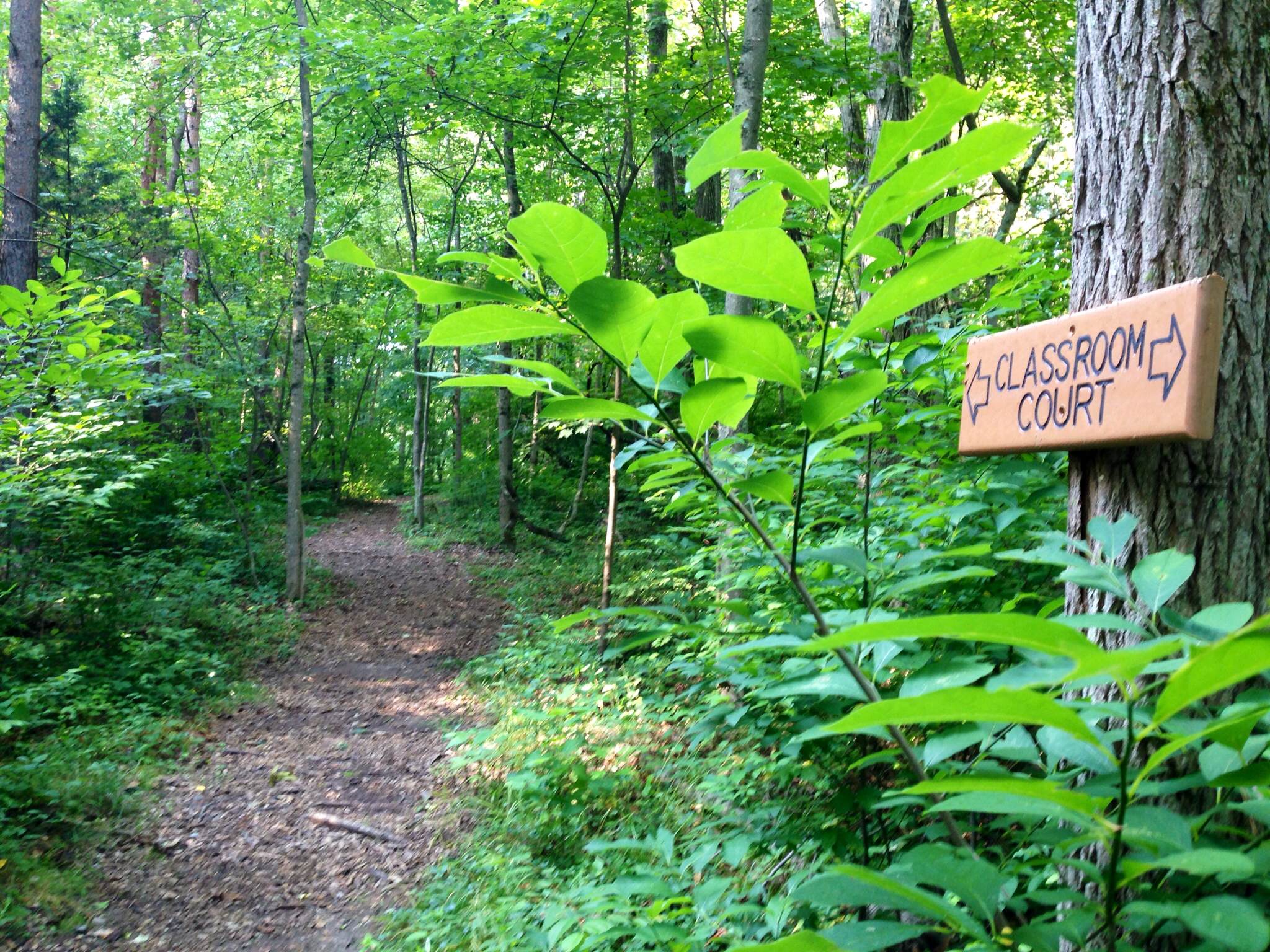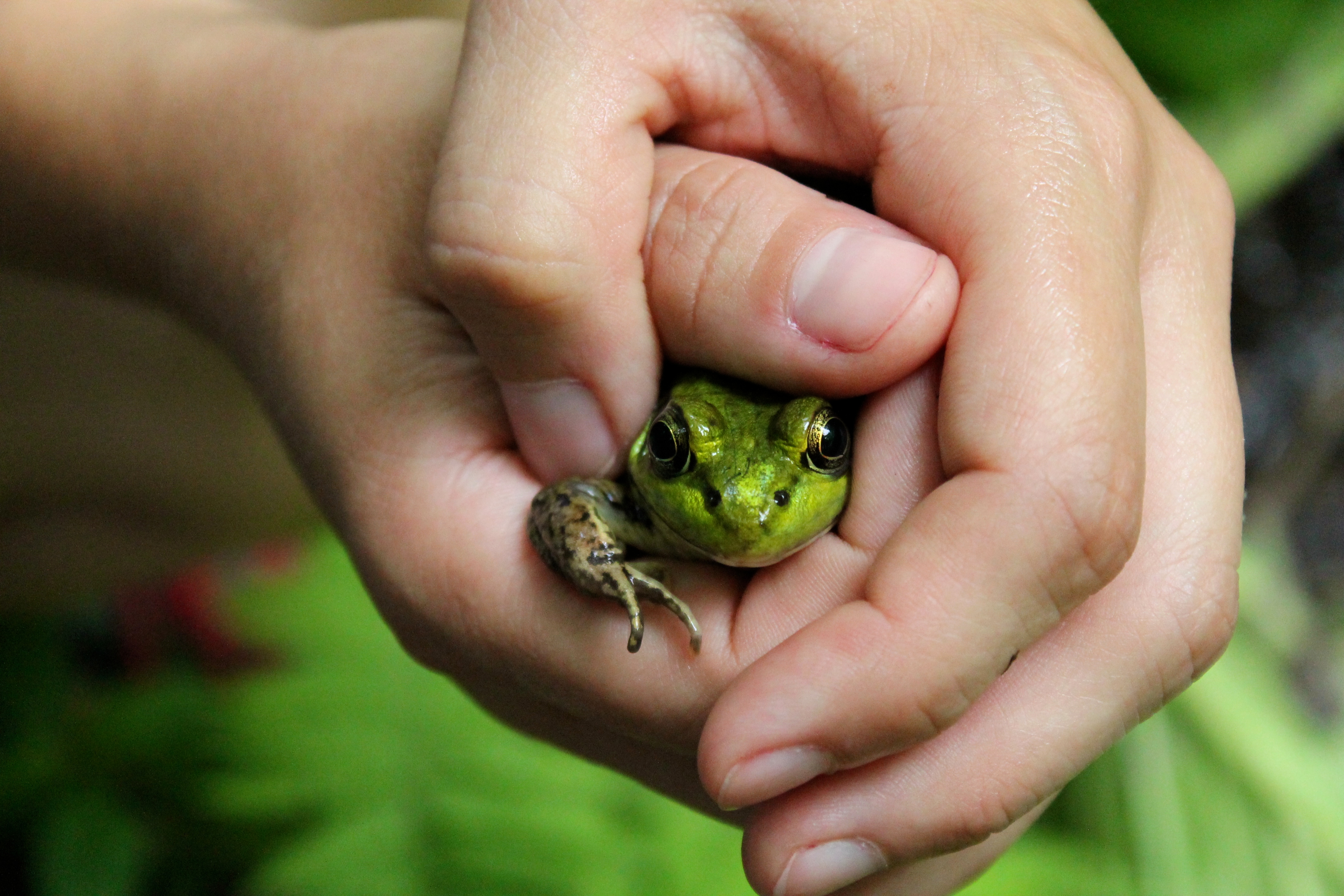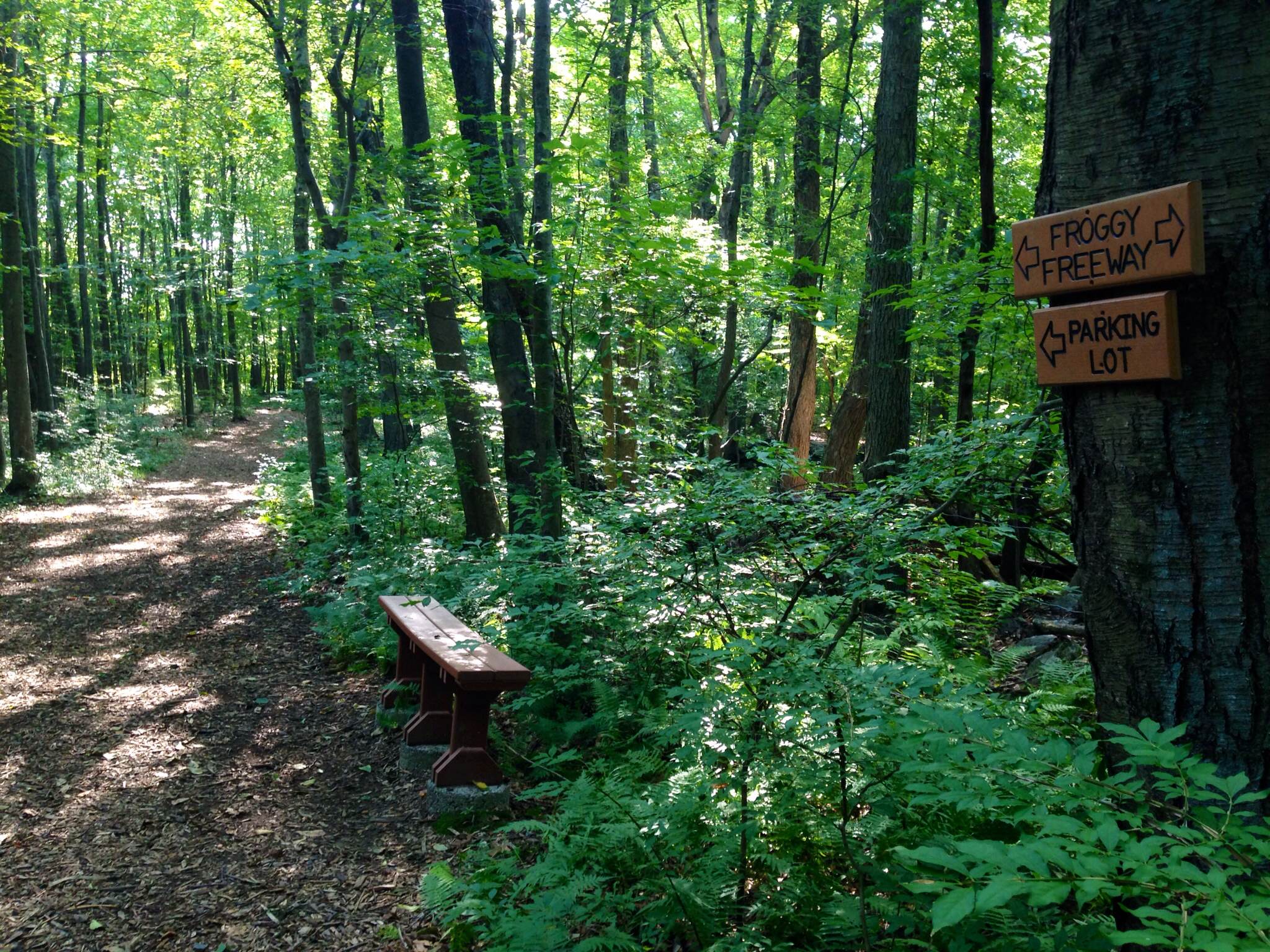Webb Mountain Discovery Zone
Where science & history meet nature in a fun, hands-on learning experience
Mission StatementOur mission is to provide excellence in outdoor education by linking the unique resources found in both Webb Mountain Discovery Zone and Webb Mountain Park to relevant curricula for the Town of Monroe School System and those of neighboring communities, and to promote exploration and learning in a fun, hands-on environment as a prototype for the Federal ‘No Child Left Inside’ initiative. | VisitorsThe Discovery Zone appeals to all ages and interests. The easy-to-walk, well-marked trails are great for exercising, dog walking, or enjoying a leisurely stroll in the great outdoors! Stop by for a picnic lunch or spend a few meditative moments in the butterfly garden adjacent to the parking area. Or travel north to the Hay Field on a sunny day with your sketchbook for expansive views of the distant landscape. | Scavenger HuntThe Discovery Zone has its very own interactive Scavenger Hunt, complete with scorecards that can be found at the trail entrance! The scavenger hunt is like an 'I-Spy' game for the outdoors that comes alive to heighten children's awareness and observational skills while having fun. Kids search for frogs and salamanders in vernal pools, charcoal bits and arrowheads in Colonial quarries and Native American sites, look for mammal tracks in a sandpit, and explore "life in a rotten log." |
Background The Webb Mountain Discovery Zone is a 171-acre tract of land purchased by the town of Monroe for open space in 2004 for $5.25 million, including a $950,000 open space grant received from CT DEP, which represented approximately 20% of all grants designated for open space purchases by CT DEP for 2004. Oversight of the area was assigned to the Monroe Conservation Commission whose first initiative was to conduct a comprehensive review of the property by the King’s Mark Resource Conservation & Development Area (part of the U.S. Dept. of Agriculture’s Natural Resources Conservation Service). The King’s Mark review identified significant opportunities to leverage the land’s unique biodiversity for educational purposes at several grade levels. | Vision Based on the opportunities identified by the King’s Mark review and Southwest Conservation study, a vision emerged to establish Webb Mountain Discovery Zone as a resource for outdoor education and prototype for the Federal NCLI initiative on a local, regional and statewide basis. |
Donors
|


